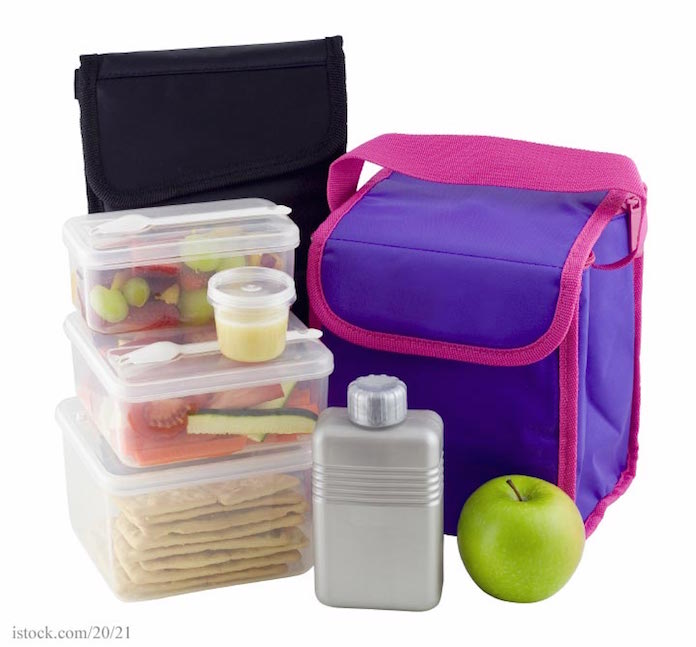With everyone getting ready to go back to school, there are some steps you can take to make sure your child’s lunch is safe. Foodsafety.gov is offering some tips to consumers.

When you buy a lunch box, make sure that it is insulated, with enough room for two cold sources to keep the food safe. Perishable foods must be kept below 40°F to prevent bacterial growth. Make sure that the lunch box is easy to clean. Always wash all reusable food storage containers with hot, soapy water after each use.
Thermoses should be tested before use to make sure they can keep hot foods hot and cold foods cold. Fill it with hot water and let the thermos stand at room temperature for 4 to 6 hours. Then test the water with a reliable food thermometer and make sure it is at least 140°F, the safe “floor” for perishable foods. Before you add hot soup or stew, rinse the thermos with hot water so it’s already warm when you add the hot soup.
Always buy enough ice packs to last through the week. Buy extras and keep them in the freezer. Use at least one pack for each insulated lunch box.
Bagged lunches from home should be packed a certain way to prevent foodborne illness. First, make sure that all of the utensils, plates, work surfaces, and measuring cups, etc. are clean before you start to assemble the lunch.
Keep raw meats, eggs, poultry and seafood away from foods that will be eaten raw, such as fresh fruit and vegetables. To avoid cross-contamination, keep them separated in the fridge and use separate cutting boards for preparation. Clean all utensils, cutting boards, plates, and work surfaces that come into contact with raw meats or poultry with hot, soapy water.
Make sure that all meats, eggs, seafood, pork, and poultry are cooked to safe final temperatures. Ground meats should be cooked to 160°F, poultry to 165°F, seafood to 140°, pork to 145°F. and eggs to 160°F. If these foods are to be served chilled, put them in the fridge promptly after cooking.
When packing the lunch, never use a paper bag if you include perishable foods such as dairy products or meats. Always use an insulated box or bag that will keep foods cold or hot. Frozen juice boxes can be used as freezer packs. They should thaw in time for lunch. Lunch boxes should be put in a cool place, such as a coat closet, out of direct sunlight.
And make sure that your children know they should wash their hands well with soap and water for 20 seconds before eating (this applies whether they eat a school lunch or one you pack at home). And tell them to discard all leftover foods after lunch. Insulated lunch boxes will only keep food cold or hot; they can’t cool foods down that have been at room temperature. Never save foods that don’t get eaten.
Have a safe, happy, and healthy school year! Follow these tips and your kids will have healthy, safe, and nutritious lunches.




